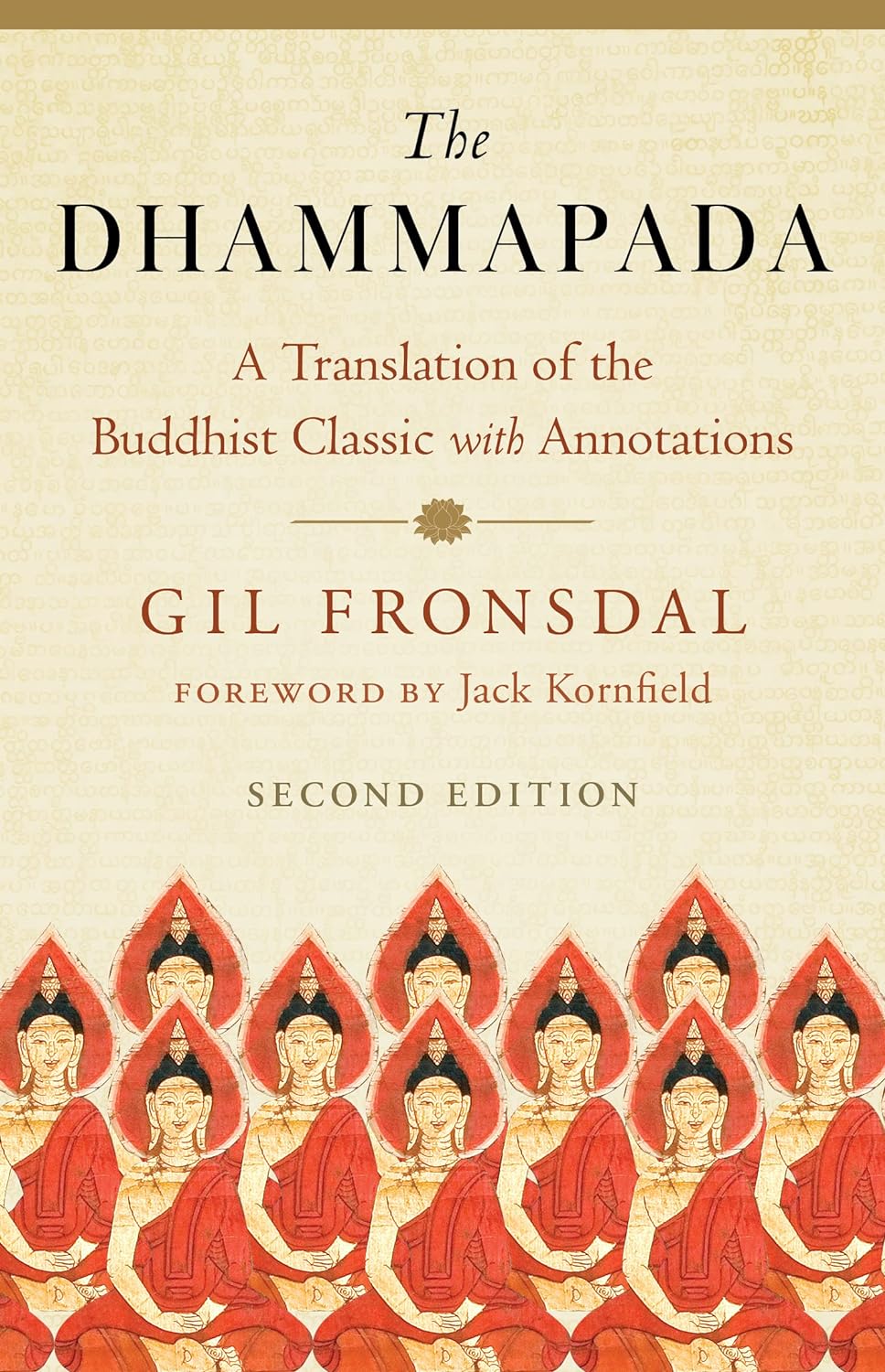
Categorii: Neclasificat, Neclasificat
Limba: Engleza
Data publicării: 2023
Editura: Shambhala
Tip copertă: Paperback
Nr Pag: 176

The Dhammapada is the most widely read Buddhist scripture in existence, appreciated by both Buddhists and non-Buddhists. This classic text of teaching verses from the earliest period of Buddhism in India conveys the philosophical and practical foundations of the Buddhist tradition. The text presents two distinct goals for leading a spiritual life: the first is attaining happiness in this life (and in future lives); the second goal is achieving spiritual liberation, freedom, and absolute peace. Many of the key themes of the verses are presented in dichotomies or pairs: for example, grief and suffering versus joy; developing the mind instead of being negligent about one's mental attitude and conduct; virtuous action versus misconduct; and being truthful versus being deceitful. The purpose of these contrasts is very simple: to describe the difference between what leads to desirable outcomes and what does not. This accessible translation combines Gil Fronsdal's personal knowledge of the Buddhist path with his rigorous attention to detail, bringing forth the original Pali text for seekers of all levels.